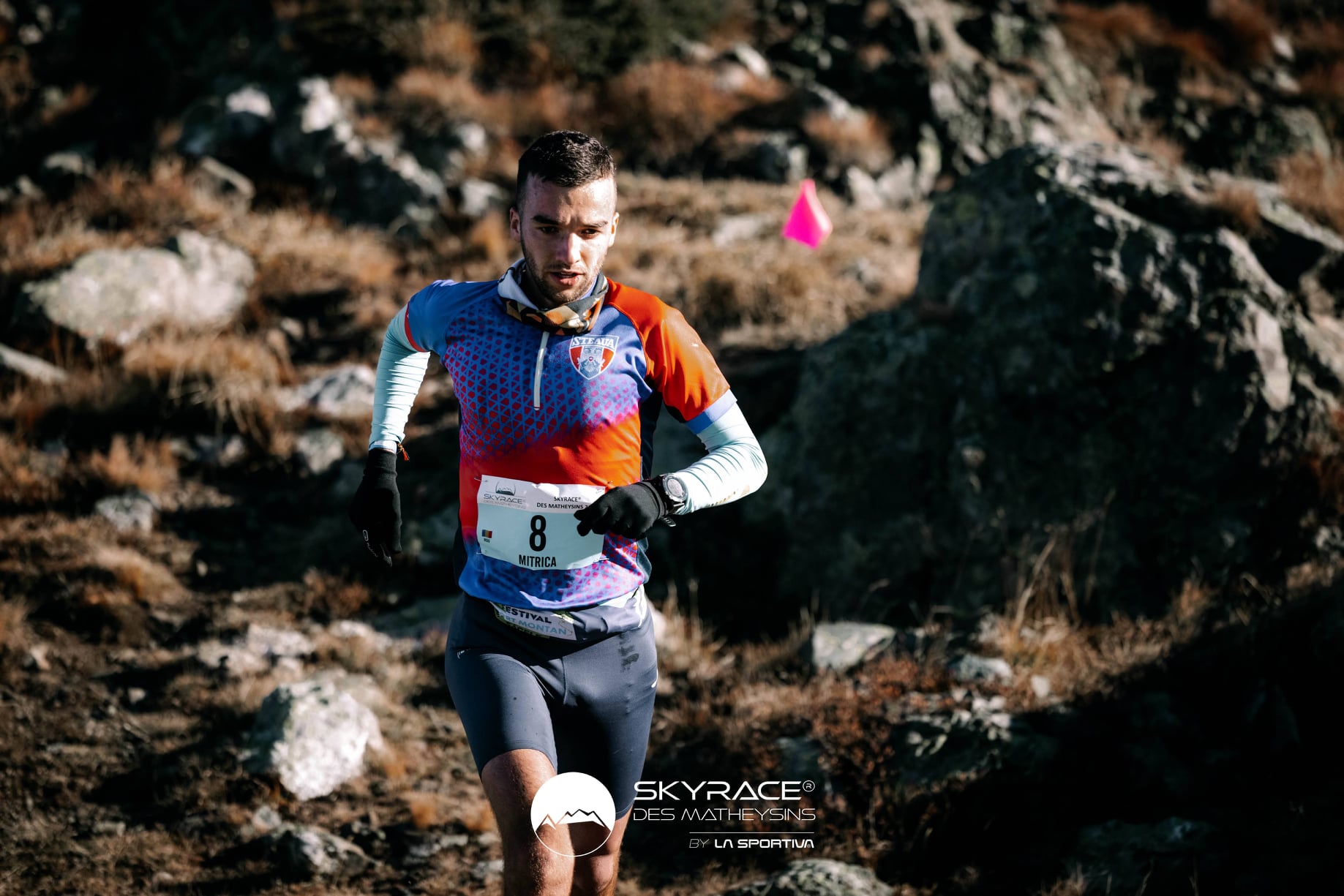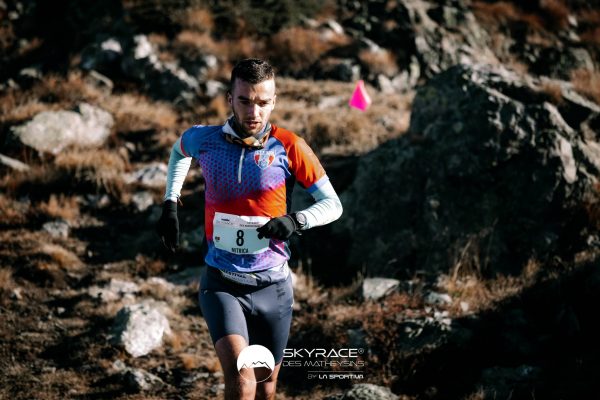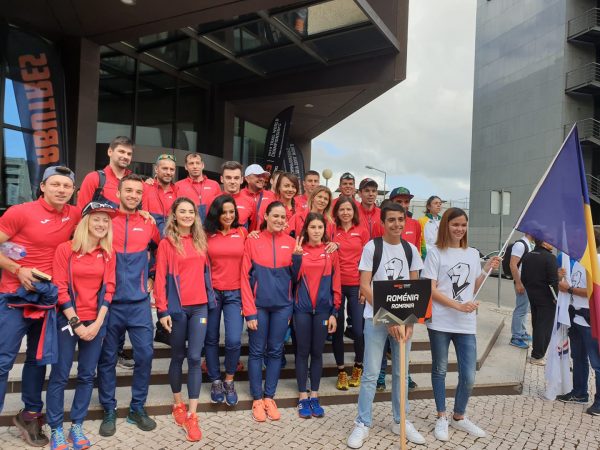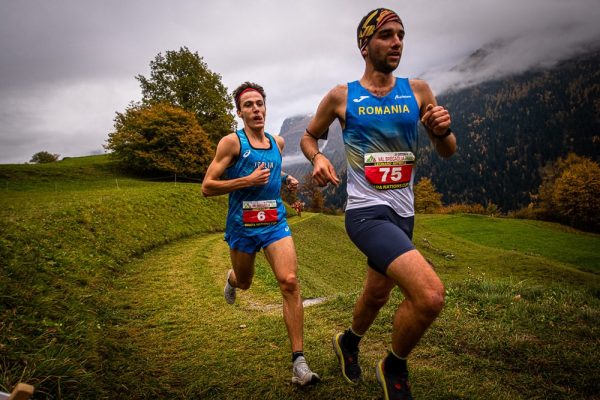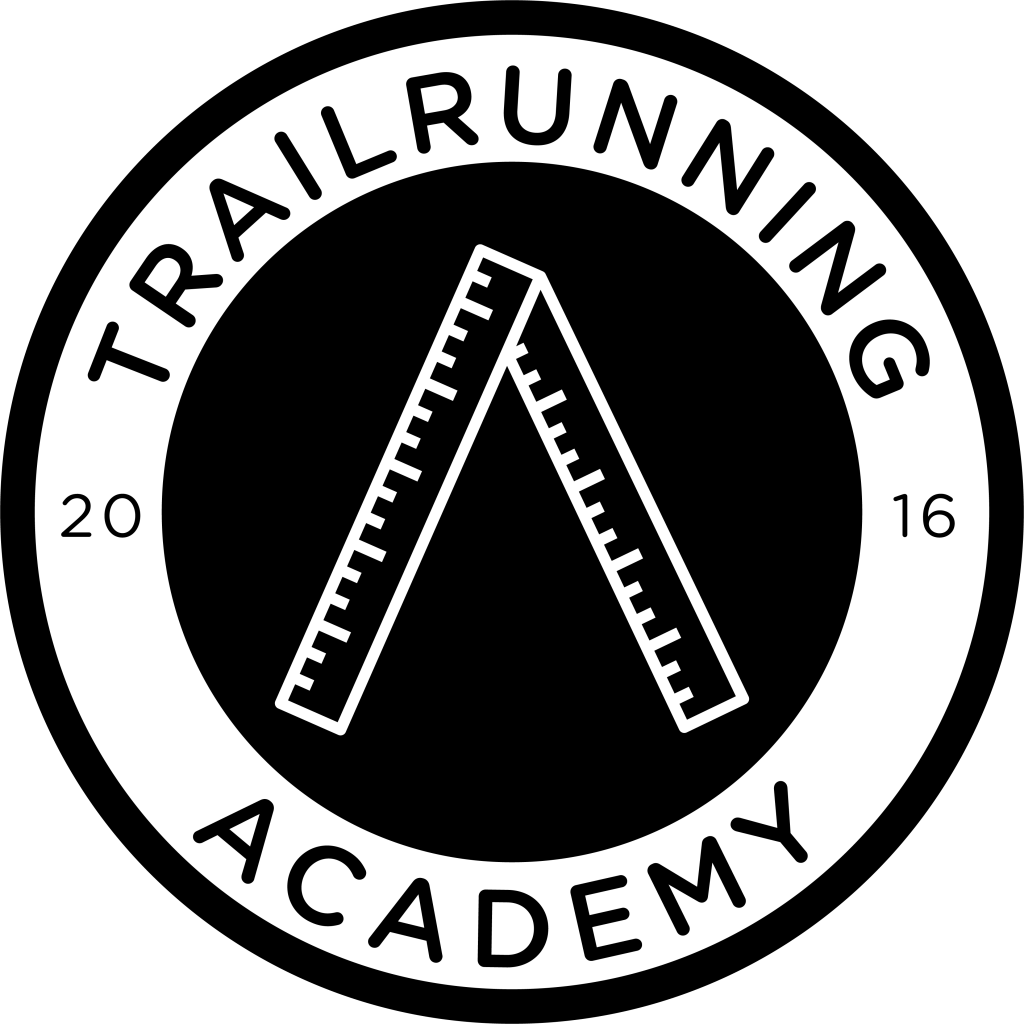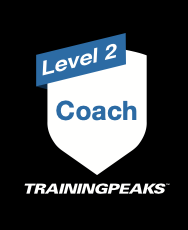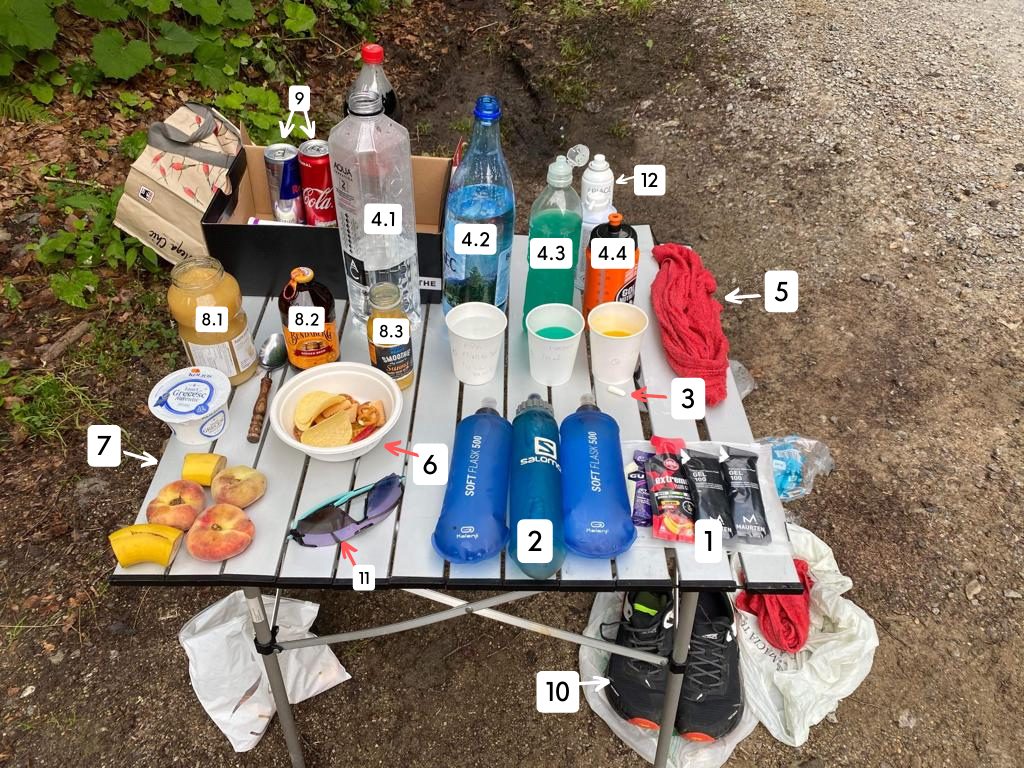
How to make a proper checkpoint for your next ultramarathon

The support team and a checkpoint just for you are the essential elements that can make the difference between a good result and a great result. A checkpoint just for you for an ultramarathon requires extra planning, but 10 minutes of pre-race planning can improve your result by up to half an hour for a 100km race that takes between 15 and 25 hours. Plus, you have an excuse to meet up with a loved one during the race who will put a big smile on your face during the toughest times.
I’ve been running ultramarathons for more than 10 years and every race is an opportunity to improve my checkpoint and the routine I develop in the few minutes I spend in the hydration station. The best ultramarathoners spend a total of between 10 and 20 minutes in all the checkpoints of a 20-hour, 170-kilometre race like the UTMB.
The photo in the article is from the 2021 National Ultramarathon Championships where I finished 3rd, but everyone admired my checkpoint and Maria’s agility to set it up in minutes and give me just what I needed. If you’ll read to the end, I’ll tell you a tip on how to install it perfectly every time.
Rule #1. Before you read the next few lines, the main rule is that your checkpoint is installed before you get to it. It has often happened that athletes get to the place where the checkpoint should be and it was not installed and the athlete wasted time. The idea is to do whatever it takes to gain time, not to waste time and linger in the cp.
Rule #2.The support team should have your flasks of water, isotonic, ready for both the checkpoint and the next leg of the course before you get to them. It is a mistake to spend time in the checkpoint just for this.
What have I prepared in the checkpoint?
(As in the photo)
1. It is important that all gels (bars, baby food, etc.) stay on an envelope/pouch, so that when you leave the checkpoint it is empty and all nutrition is stuffed into your jacket pockets. This is your assurance that you’ve got what you need for the next section – leave that area empty.
2.Hydration for the next section, in flasks. As with nutrition, it’s essential to take everything you’ve planned with you. Even if your vest feels heavy after you leave the checkpoint, don’t spill water, because you’ll need it. It’s clear that you have a clearer mind when planning than during the competition, so trust what you’ve set beforehand. I generally put 500ml of water in a flask + 500ml water + isotonic or Maurten 160 in another flask.
3.Electrolyte tablets. The first thing I do when I get into CP is take 1-2 electrolyte pills like this one (SaltStick).
4.Hydration from checkpoint / 4.1 – Plain water / 4.2 – Mineral water / 4.3 – Isotonic / 4.4 Orange juice (in the last few ultramarathons I gave this up because it gave me insulin spikes, gave me energy, but then I quit).
5. Wet towel, cold – for wiping on neck/face/hands/feet (preferably in that order).
6. Salty cravings casserole – for salty cravings.
7. Fruit to eat at checkpoint, only if I have a craving.
8. Liquid Cravings – liquid stuff I’ve had in training and possibly crave during the competition. 8.1 – applesauce, 8.2 – ginger beer, 8.3 – mango smothie, raspberry.
9. Simple carbs – Coke, Red Bull. Useful for the 2nd part of the competition, when often the nutrition plan needs to be adapted. Still you need calories to keep you going; for me at Istria 100 miles these were the solution after nothing else worked.
10. Extra pair of running shoes, with clean socks – if you need a refresher for your feet or if you’ve blistered.
11. Extra gear/sunglasses for the next section in the strong sun. I advise you to always have a spare t-shirt, a light coloured hat that protects you from high temperatures. During an ultramarathon you should look for comfort. Change if you’re sweaty, put on an extra layer if you’re cold. Use the check-point as a point where you restart your equipment and motivation.
12. Cold spray for legs or other muscle groups. Apply it at a distance of 20-25 centimetres, otherwise you’ll feel the burn.
EXTRA (ce nu se vede în fotografie, pentru că am adăugat după acel concurs):
- A small bag of salty cravings (Tuc crackers, small pretzels, salty pretzels).
- A small bag of soft fruit (mango, melon, apricots, etc).
- Ice – in a heat insulated bag. It’s very useful for warm weather, to put in your trousers, jacket pockets to cool down. it’s great to keep your drinks cold.
- Bread, breadsticks. They go great with Coke.
- Ginger shot – useful for times when you’re throwing up and need to change the sweet/dry taste in your mouth.
- A phone/timer on to time your CP time.
USEFUL for the support team
- Cutlery
- Pans of various sizes
- Notebook/pencil
- 2-3 bottles
- GPS track on watch and route map in google maps
- Thick clothes
- Tape and marker to write on flasks containing
Routine in each checkpoint
Time spent at checkpoints can make a difference. You can finish a 100 km race 25-30 minutes faster just from the time you save at checkpoints. At the same time, checkpoints can get you back on your feet after a difficult moment during the race. However, you don’t have to linger at the checkpoints, but don’t rush either. Only stay extra minutes if you’re feeling tired and feel you need to hydrate and eat better.
I remember at UTMB 2022, at mile 100 I had the lowest point of the race in terms of energy. I knew Arnouvaz was coming up, a checkpoint where I find soup, water and what I need for the next few kilometres. I knew it was a long way to the finish and allowed myself to spend 4 minutes in this CP, where I hydrated better and ate soup with Tuc biscuits. I did well, as there was a long climb ahead, and the extra 2 minutes of rest put me back on my feet.
Here’s what you need to do for an effective checkpoint routine::
- Before 1-2 kilometres before you reach CP, mentally review what you will do at that checkpoint.
- Before entering a check-point, make sure you drink all the fluids in the flasks you have with you. If you’ve planned your run well, you won’t have much to drink. Don’t throw water away, drink it instead.
- Pocket (or you can even hold) your empty packs until you reach the CP. Throw them at the feet of the support team.
- Before you enter the CP, hold out your hand and let the support team guide you to where they’ve set up your table; they should pull you by the hand to your designated spot.
- The support team should put a wet towel around your neck to cool you down.
- Let your support team know how you are feeling, what problems you have had.
- When you arrive, start a watch, time how long you stay in CP.
- Drink 300-350ml of water in CP with 1-2 electrolyte pills.
- Put your nutrition from the envelope (#1 in photo) (gels, bars, etc.) in your pockets for the next section.
- Continue to drink/eat to your heart’s content, but don’t overdo it, as you will vomit. I choose to eat a warm, salty soup with TUC crackers in it.
- Don’t linger in CP unless you need to.
The person who decides to help you at a checkpoint will have a different but equally intense journey, almost the same as you. He will worry about you, he will worry about whether you will (and will) make it to the checkpoint on time. It will sleep on the run, it will drive between different locations. There’s no need to be angry at the support team, as they want your best and that’s why they’re helping you.
Keep in mind that mistakes can happen during a race, but don’t let that demotivate you. A.D.A.P.T your plan to your needs and continue the race with a positive attitude, eventually you can make use of what the organisers have prepared for you at the checkpoints, in case the support team fails to follow the plan.
Tips & tricks: for a perfect checkpoint, I recommend setting it up with the support team the day before the race and taking a photo of it. The support person will know how to set it up based on that photo, and you won’t be surprised by a different arrangement of items.
Robert Hajnal
Citește și:
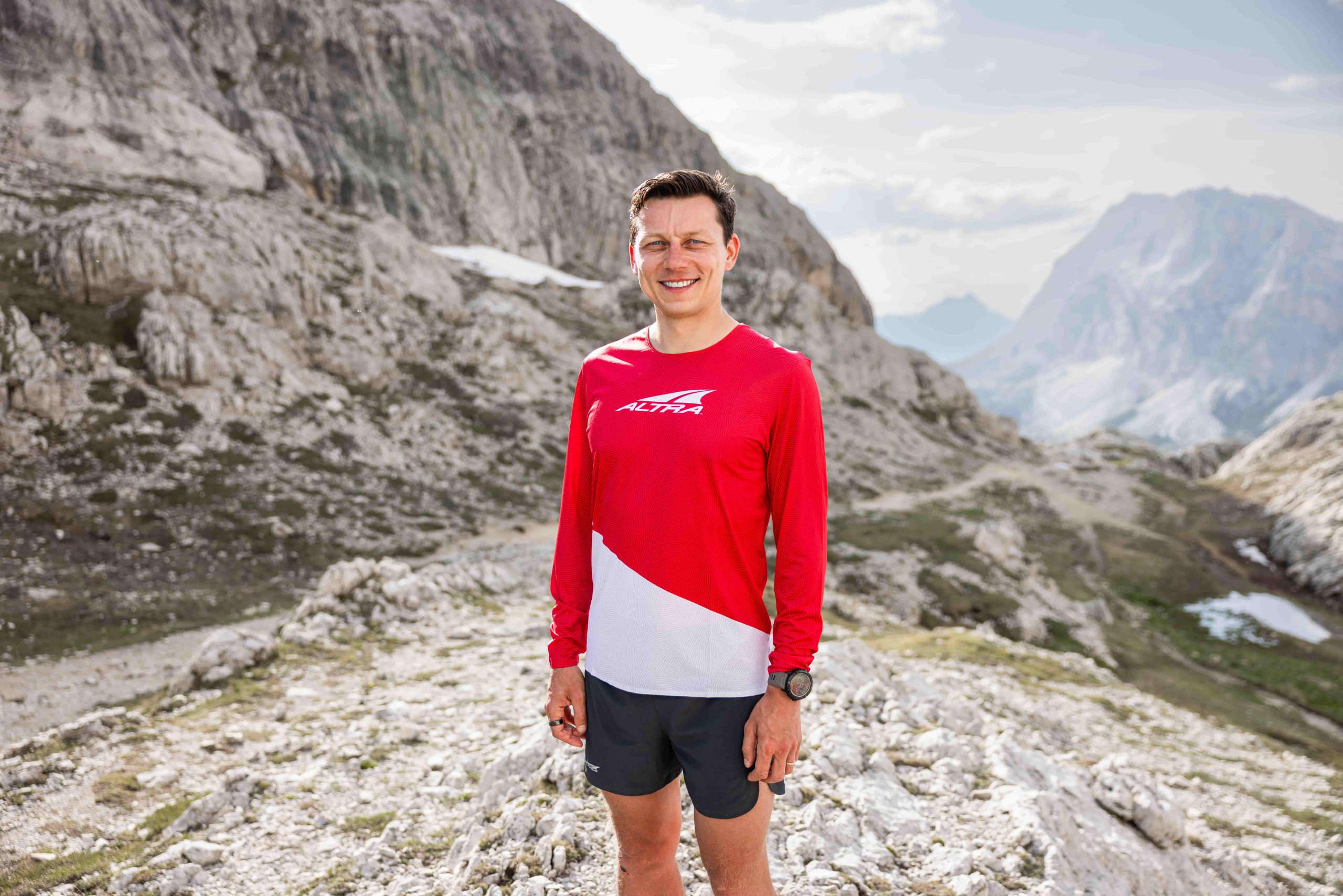
Western States 100miles 2024 – Hajnal Robert’s Thoughts & Training Journal
Western States 100milles 2024 – Hajnal Robert’s Thoughts & Training Journal from the start of the training block to racing

How to make a proper checkpoint for your next ultramarathon
Do you have a support team for your next ultramarathon? Here’s what you need for a successful race and a ‘full’ Check-Point.
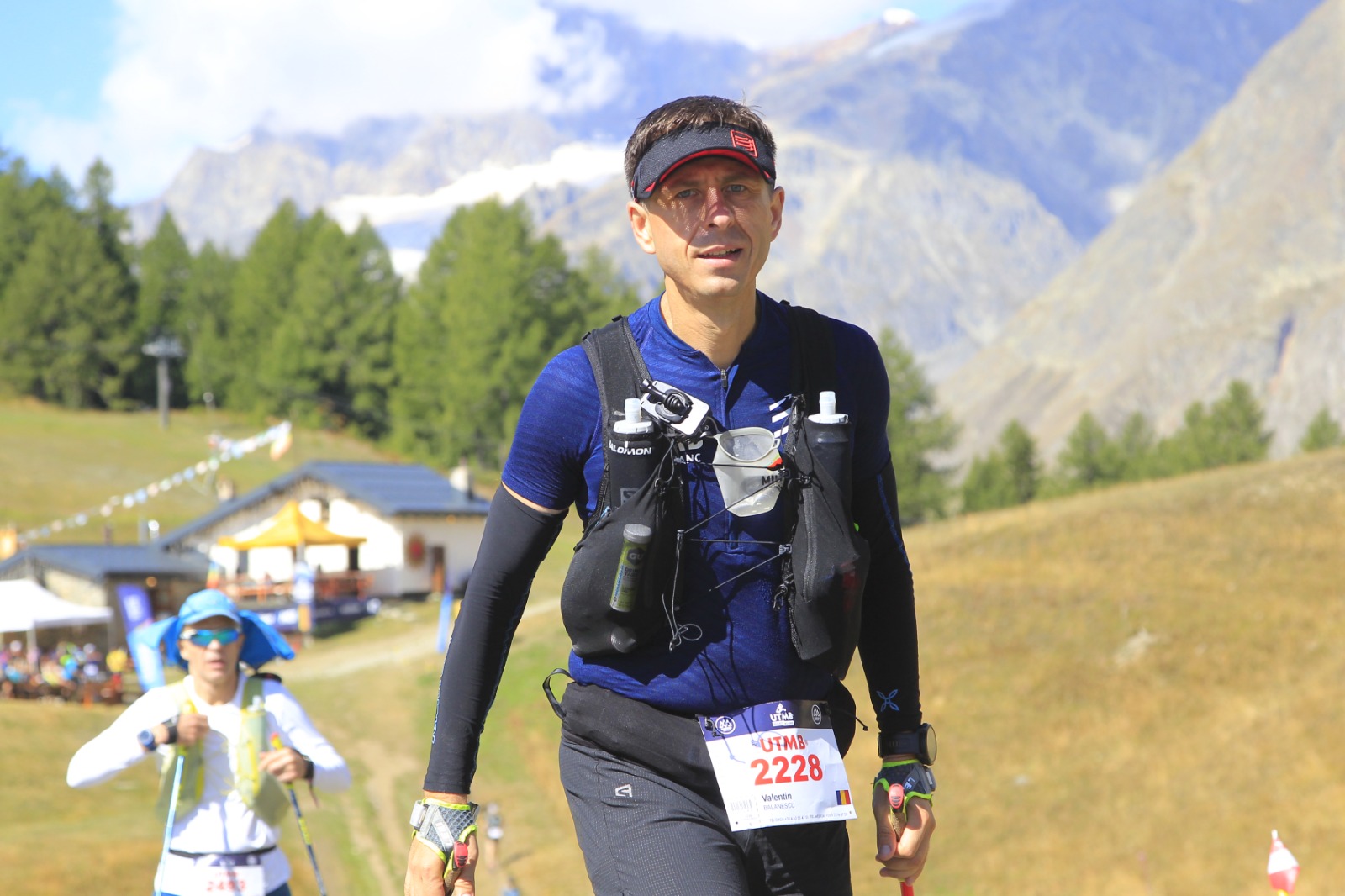
UTMB roller-coaster
The emotions and experience of TrailRunning Academy athlete Valentin Bălănescu during the 170 km of the UTMB.
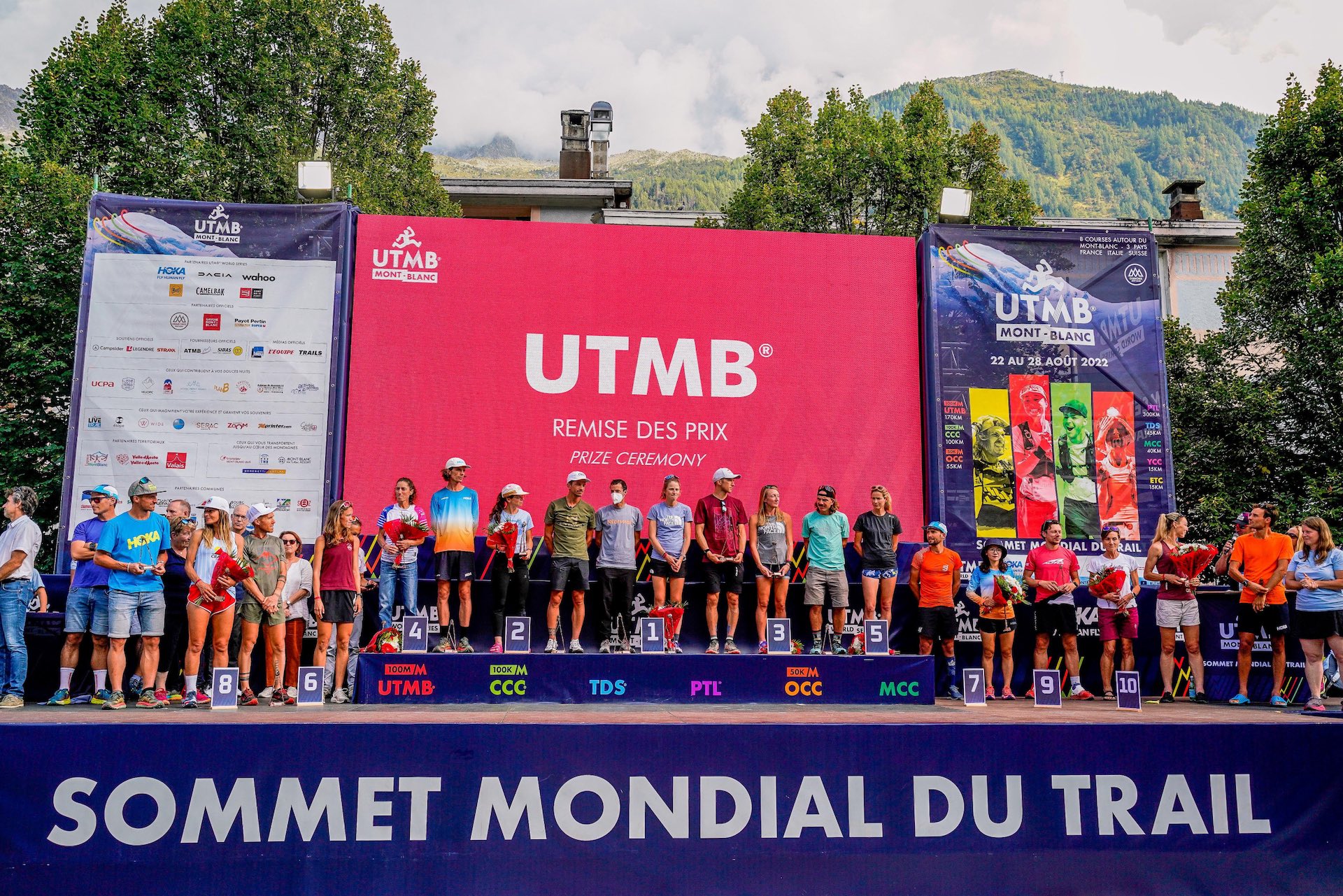
The 10 Magnificent of the UTMB 2022 Podium
I had the chance to share the UTMB 2022 podium with 10 of the best endurance athletes in the world. Here’s how I met them, how they competed and my thoughts on them.


